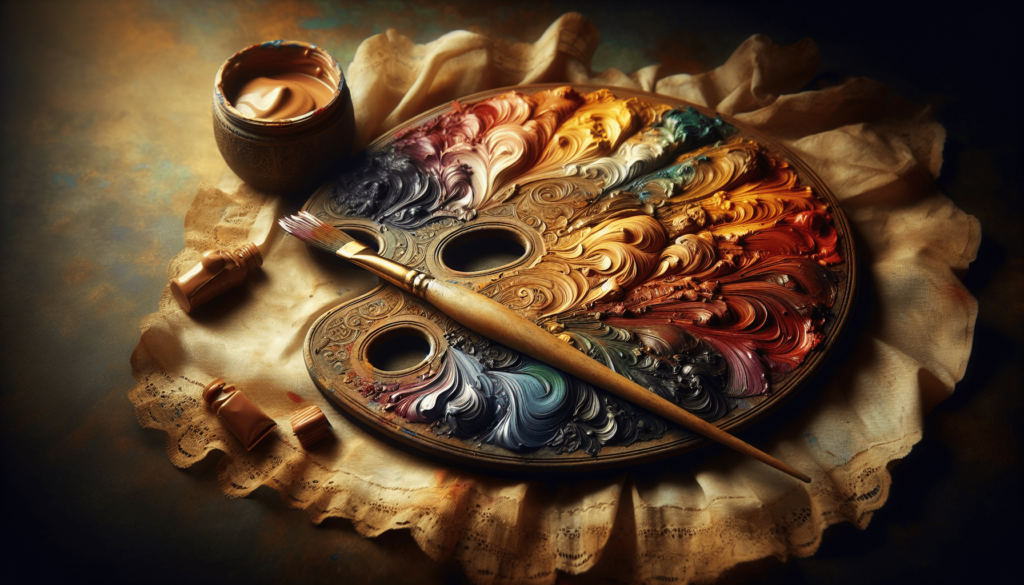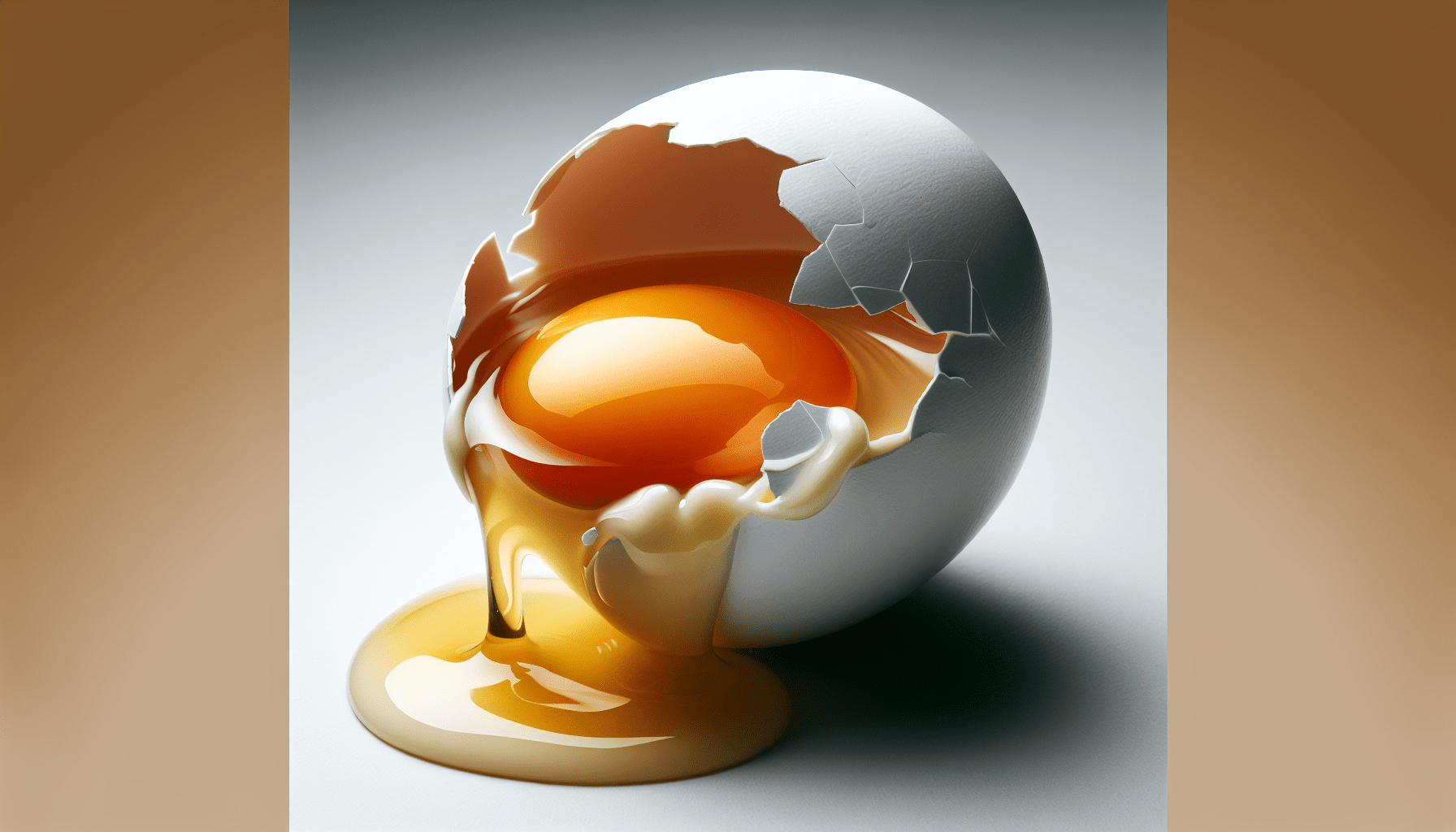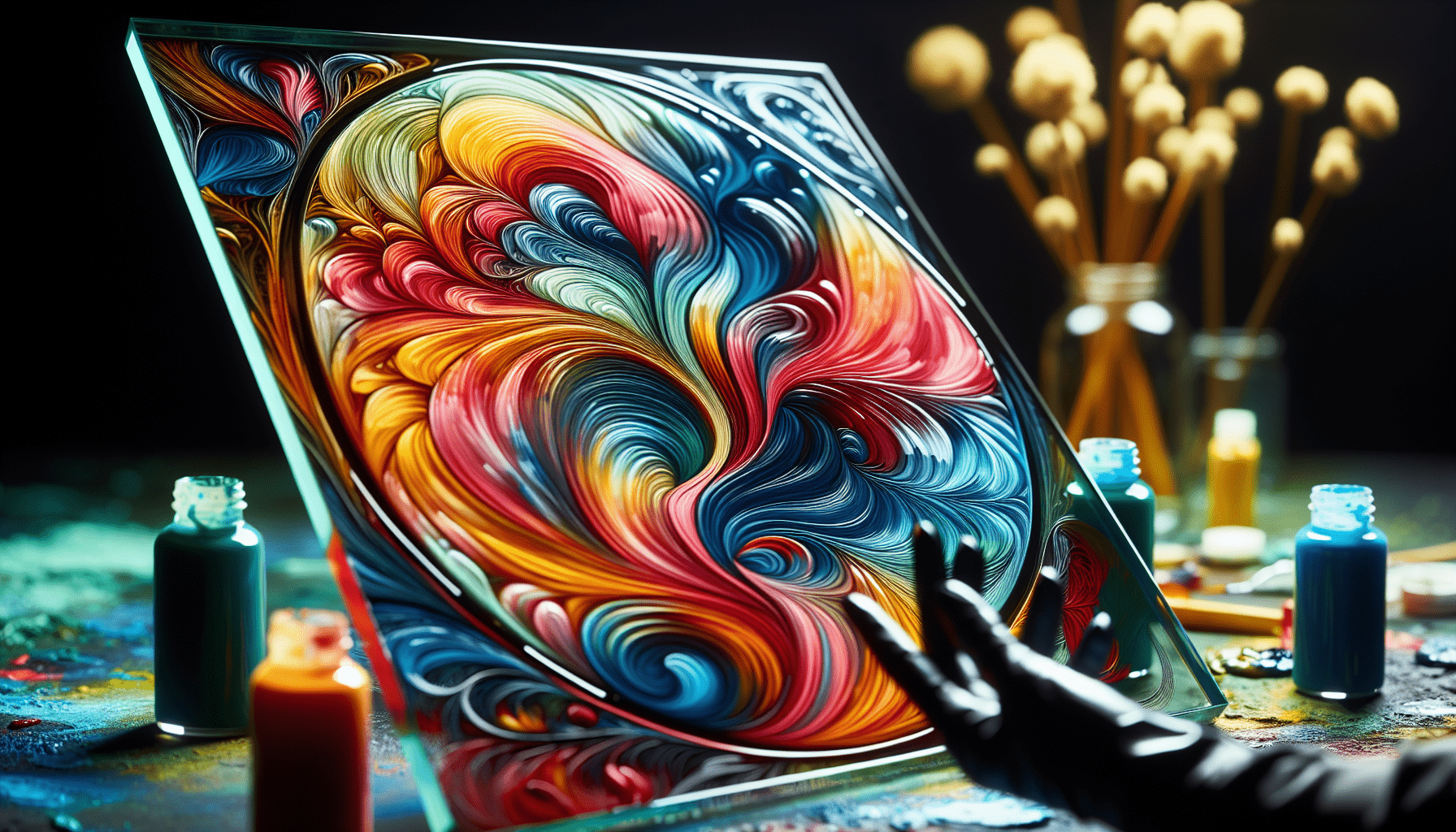Tempera paint, a popular medium in the world of art, is widely known for its vibrant colors and smooth texture. Its versatility and ease of use make it a preferred choice for artists, both amateur and professional alike. But have you ever wondered what exactly this fascinating paint is made of? In this article, we will unravel the mystery behind the composition of tempera paint, revealing the key elements that come together to create this beloved artistic masterpiece. From its binding agents to the pigments that bring it to life, prepare to gain a deeper understanding of this intriguing medium.

Overview
Definition of Tempera Paint
Tempera paint is a type of artistic medium that is composed of pigments, binders, and various additives. It is commonly used by artists and has been utilized for centuries due to its unique properties and versatility.
Properties of Tempera Paint
Tempera paint offers several notable properties that set it apart from other types of paint. It has a matte finish and dries quickly, allowing artists to work with swift precision. It also provides a wide range of vibrant colors and has excellent lightfastness, ensuring the longevity of artwork over time. Additionally, tempera paint is known for its opacity and ability to create intricate details.
Historical Background
Early Use of Tempera Paint
Tempera paint has a rich history dating back to ancient civilizations. It was initially used in ancient Egypt, Greece, and Rome, where it played a significant role in creating exquisite murals and frescoes. Artists during this time period would mix pigments with egg yolk or other organic substances to create a durable paint that adhered well to various surfaces.
Renaissance Period
Tempera paint experienced a resurgence during the Renaissance period, particularly in Italy. Artists such as Giotto and Botticelli utilized tempera paint to create magnificent religious frescoes and panel paintings. The use of tempera allowed for precise detailing and vibrant colors, contributing to the magnificent artistic achievements of this era.
Revival in the 20th Century
In the 20th century, tempera paint experienced a revival in popularity, particularly among artists who favored traditional techniques. Artists such as Andrew Wyeth and Thomas Hart Benton embraced tempera and incorporated it into their artworks, showcasing its continued relevance and versatility in the modern art world.
Ingredients
Pigments
Pigments are the colorants used in tempera paint. They are finely ground powders derived from various sources, including minerals, plants, and synthetic compounds. Pigments provide the desired color and visual effect in the paint.
Binders
Binders are substances that hold the pigments together and allow them to adhere to the painting surface. They help create a coherent paint film that is durable and long-lasting. Different binders can affect the characteristics of the paint, such as flexibility and opacity.
Egg Yolk
Egg yolk is a traditional binder used in tempera paint. It is particularly favored for its adhesive properties and ability to create a smooth, even paint film. Egg yolk acts as a natural emulsifier, allowing the pigments to mix evenly and bind to the painting surface effectively.
Emulsifiers
Emulsifiers are substances that aid in the dispersion and combination of different substances, such as pigments and binders. In tempera paint, emulsifiers help ensure that the pigments and binders are well-mixed and evenly distributed.
Additives
Additives are additional substances added to tempera paint to improve its performance or alter its characteristics. These can include fillers, preservatives, and modifiers, each serving a specific purpose in enhancing the paint’s overall quality and longevity.
Pigments
Natural Pigments
Natural pigments are derived from various sources found in nature. Materials such as minerals, plants, and even insects are processed and ground into fine powders to produce a range of colors. Natural pigments offer a unique visual appeal and have been used in tempera paint for centuries.
Synthetic Pigments
Synthetic pigments are artificially produced through chemical processes. These pigments offer a broader range of colors and can provide better lightfastness and stability compared to natural pigments. Synthetic pigments have become increasingly popular in modern tempera paint manufacturing.
Color Options
Tempera paint offers a vast array of color options, including both vibrant hues and more subtle tones. Artists can mix different pigments to create custom colors or work with pre-made color options available in tubes or jars. With the right combination of pigments, artists can achieve a wide spectrum of colors to suit their creative vision.

Binders
Egg Yolk
Egg yolk is a traditional binder used in tempera paint. It is known for its excellent adhesive properties, allowing the paint to adhere well to various surfaces. Egg yolk also contributes to the smoothness and durability of the final paint film. Artists often value the use of egg yolk for its ability to create fine details and luminosity in their artwork.
Gum Arabic
Gum Arabic is a natural binder derived from the sap of the acacia tree. It has been used in tempera paint as an alternative to egg yolk for centuries. Gum Arabic provides good adhesion and flexibility while allowing for a more translucent paint film. It is often preferred by artists who desire a slightly different working characteristic in their paint.
Glue
Glue, such as animal glue or rabbit skin glue, can also be used as a binder in tempera paint. Glue provides a strong adhesive property and enhances the archival quality of the paint film. It is commonly used for applications that require a high level of durability, such as mural paintings.
Casein
Casein, derived from milk proteins, is another binder option for tempera paint. It is known for its excellent adhesion and ability to create a smooth, matte finish. Casein-based tempera paint can be reactivated with water even after it has dried, allowing for additional layering and corrections in artwork.
Oil
Although not commonly used in traditional tempera paint, oil can be added as a binder to modify the properties of the paint. The addition of oil helps increase the flexibility and drying time of the paint, offering artists more versatility in their techniques. However, the use of oil in tempera paint can affect its overall archival quality.
Egg Yolk
Egg Yolk Composition
The composition of egg yolk plays a crucial role in the properties of tempera paint. Egg yolk primarily consists of water, proteins, fats, and various vitamins and minerals. These components contribute to the adhesive properties and durability of egg yolk-based tempera paint.
Role in Tempera Paint
Egg yolk acts as a binder in tempera paint, providing the necessary adhesive properties for the paint to adhere to the painting surface. It also serves as a natural emulsifier, ensuring that the pigments are evenly dispersed and well-mixed in the paint. Egg yolk helps create a smooth and stable paint film that enhances the overall quality and longevity of artwork.
Benefits and Drawbacks
Using egg yolk as a binder in tempera paint offers several benefits. It provides excellent adhesion, allowing the paint to bond well with various surfaces. Egg yolk also creates a smooth and consistent paint film, contributing to the clarity and luminosity of the colors. However, egg yolk-based paints can be prone to cracking over time and may not be as flexible as other binder options. Additionally, they require careful preparation and storage to maintain their stability.
Emulsifiers
Water
Water is a crucial component in tempera paint and acts as a natural emulsifier. It helps disperse the pigments and binders, ensuring they mix evenly and form a homogeneous paint. Water also contributes to the overall liquidity and workability of tempera paint.
Surfactants
Surfactants are additives used to enhance the dispersal of pigments in tempera paint. They lower the surface tension of the paint, allowing for better mixing and binding of the pigments and binders. Surfactants contribute to the smoothness and stability of the paint film.
Lecithin
Lecithin, a naturally occurring emulsifier derived from plants, can also be added to tempera paint. It assists in the dispersion of pigments and binders, ensuring a consistent and uniform paint. Lecithin helps improve the flow and spreadability of tempera paint, making it easier for artists to work with.
Additives
Fillers
Fillers are additives used to modify the texture and opacity of tempera paint. They are often inert substances, such as chalk or diatomaceous earth, that add bulk and body to the paint. Fillers can help create various effects, from thick impasto textures to smoother and more matte finishes.
Preservatives
Preservatives are added to tempera paint to prevent the growth of bacteria and mold, extending the shelf life of the paint. Common preservatives used are biocides and fungicides, which help protect the paint from deterioration over time.
Modifiers
Modifiers are additives that alter specific characteristics of tempera paint. These can include substances that increase or decrease drying time, improve flow, or add special effects to the paint. Modifiers allow artists to customize their paint to suit their unique artistic preferences and techniques.
Application
Surface Preparation
Before applying tempera paint, the painting surface should be properly prepared. This typically involves priming the surface with a suitable primer, such as gesso, to create a smooth and absorbent surface. Proper surface preparation ensures better adhesion and longevity of the paint film.
Application Techniques
Tempera paint can be applied using various techniques, including brushwork, glazing, and stippling. Artists can layer the paint to achieve depth and create different effects. The fast-drying nature of tempera paint allows for precise detailing and layering techniques. Artists can also experiment with different tools and textures to add dimension to their artwork.
Drying and Curing
Tempera paint dries relatively quickly, often within minutes to hours, depending on the thickness of the paint layer and environmental conditions. After drying, the paint film will continue to cure over time, becoming more durable and resistant to damage. It is important to protect freshly painted artwork from any potential smudging or damage during the drying and curing process.
Comparison with Other Paints
Oil Paint
Compared to oil paint, tempera paint offers a different set of characteristics. While oil paint has a longer drying time, it provides a glossy finish and allows for blending and layering of colors with ease. Tempera paint, on the other hand, dries quickly, offers a matte finish, and allows for precise detailing. Both paints have their own merits and are preferred by artists based on their artistic preferences and desired effects.
Acrylic Paint
Acrylic paint is a versatile medium that combines the properties of both oil and tempera paint. It dries quickly like tempera paint but can also achieve a range of finishes, from matte to glossy, depending on the desired effect. Acrylic paint offers a wide color palette and can be used on various surfaces. Its versatility and affordability have made it a popular choice among artists.
Watercolor Paint
Watercolor paint is another aqueous medium similar to tempera paint. However, watercolor paint is transparent, allowing the white of the paper to show through. It also has a distinct fluidity and translucency that creates unique washes and blending effects. Tempera paint, on the other hand, is more opaque and has a different working characteristic. Each medium offers its own artistic possibilities and techniques.
In conclusion, tempera paint is a versatile and enduring medium that has been used by artists for centuries. Its unique properties, combined with the use of pigments, binders, and additives, allow for the creation of stunning artworks. Whether an artist chooses traditional egg yolk-based tempera paint or explores modern alternatives, tempera paint continues to be a valued choice for creating vibrant and detailed artwork.



